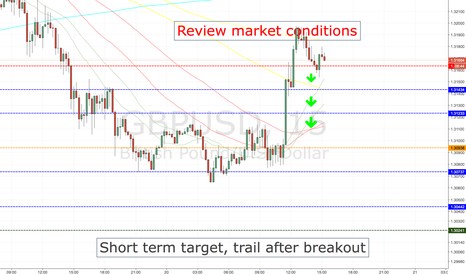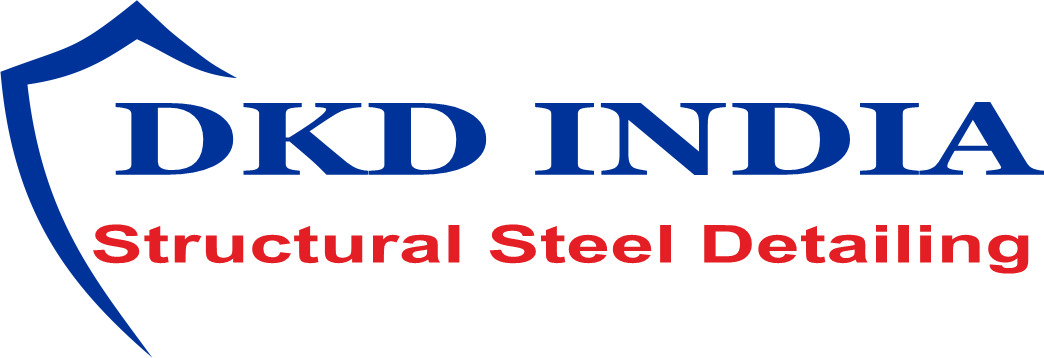Contents:


It is challenging to calculate depreciation under this method due to its complexity. For example, there are multiple assets, and each asset produces different units in a particular year. Keeping track of each asset is very difficult, primarily when goods are produced in multiple processes. This method is useful in manufacturing because depreciation is charged based on units produced instead of full-year or part-year. Depreciation expense for a given year is calculated by dividing the original cost of the equipment less its salvage value, by the expected number of units the asset should produce given its useful life. Then, multiply that quotient by the number of units used during the current year.
Asset Depreciation Range (ADR) Definition – Investopedia
Asset Depreciation Range (ADR) Definition.
Posted: Sat, 25 Mar 2017 21:08:25 GMT [source]
There are several different ways to account for deprecation, and units of production is one of them. Multiply the number of hours of usage or units of actual production by the depreciation cost per hour or unit, which results in the total depreciation expense for the accounting period. If we assume that in 2021, a total of 20 million units were produced, we can arrive at the depreciation expense by multiplying our units of production rate by the actual number of units produced. Accumulated depreciation after the four years of depreciation is the sum of all depreciation claimed, or $11,191. Be sure to track this amount each year and never let it exceed the original depreciable value of the asset, which was $38,000. Once accumulated depreciation reaches $38,000, the asset is fully depreciated and any additional units produced do not generate any depreciation expense.
How to Adjust Accumulated Depreciation
Using the units of production method might be ideal if you work in manufacturing, but it likely isn’t the only model you should use. In the explanation of how to calculate straight-line depreciation expense above, the formula was (cost – salvage value) / useful life. Replace the actual produced unit value to find the depreciation over other periods. For example, it will be $6,000 for the 2nd year, because of 150 units and so on. Straight-line depreciation is a very common, and the simplest, method of calculating depreciation expense. In straight-line depreciation, the expense amount is the same every year over the useful life of the asset.
Inflation Reduction Act of 2022 – Signed into law: A summary of the … – JD Supra
Inflation Reduction Act of 2022 – Signed into law: A summary of the ….
Posted: Wed, 17 Aug 2022 07:00:00 GMT [source]
An asset’s net book value is its cost less its accumulated depreciation. To illustrate the units of production method, let’s assume that a company has a machine with a cost of $500,000 and a useful life that is expected to end after producing 240,000 units of a component part. Further, the machine’s salvage value at that point is assumed to be $20,000. A company reports accumulated depreciation below an asset’s original cost on the balance sheet and reports the asset’s book value adjacent to or below accumulated depreciation.
To calculate Units of Production depreciation
Straight-line depreciation is the simplest and most popular method; it charges an equal amount of depreciation to each accounting period. The units-of-production depreciation method assigns an equal amount of expense to each unit produced or service rendered by the asset. The sum-of-the-years digits method determines annual depreciation by multiplying the asset’s depreciable cost by a series of fractions based on the sum of the asset’s useful life digits.
- The matching principle, used in accrual accounting, is the driver behind the use of depreciation as an accounting principle.
- In straight-line depreciation, the expense amount is the same every year over the useful life of the asset.
- It equals the asset’s original cost minus its salvage value — the estimated value at the end of its life.
- Multiple methods of accounting for depreciation exist, but the straight-line method is the most commonly used.
- However, the attempt to accurately depreciate an asset based on usage on a per unit basis also introduces more assumptions, resulting in more discretionary decisions .
Since the asset has 5 years useful life, the straight-line depreciation rate equals (100% / 5) or 20% per year. Apply the rate to the book value of the asset and ignore salvage value. At the point where book value is equal to the salvage value, no more depreciation is taken. Depreciation expense represents the reduction in value of an asset over its useful life.
How is the Unit of Production Method of Depreciation Used?
With the units of production depreciation method, an asset’s value is based on how much it is used—or the number of units it has produced. This method is often used for manufacturing equipment that wears down over time as it produces more products. In subsequent years, the aggregated depreciation journal entry will be the same as recorded in Year 1. Further, the full depreciable base of the asset resides in the accumulated depreciation account as a credit.
What Are Direct Costs? Definition, Examples, and Types – Investopedia
What Are Direct Costs? Definition, Examples, and Types.
Posted: Sat, 25 Mar 2017 20:29:05 GMT [source]
This yields the depreciation cost per hour of usage or unit of production. The formula to calculate the depreciation expense under the units of production method is as follows. This method can’t apply where the machine remains idle in the factory. For example, an asset produces 1000 units in 350 days and remains idle for 15 days. In this case, depreciation will be calculated based on 1000 units, i.e., only for 350 days.
Besides his extensive derivative trading expertise, Adam is an expert in economics and behavioral finance. Adam received his master’s in economics from The New School for Social Research and his Ph.D. from the University of Wisconsin-Madison in sociology. He is a CFA charterholder as well as holding FINRA Series 7, 55 & 63 licenses.
https://1investing.in/-of-production depreciation is based on the principle that the more you use the asset, the more depreciation you should record. Other techniques include straight-line, double-declining balance, and sum-of-years’ digits. Similar to declining balance depreciation, sum of the years’ digits depreciation also results in faster depreciation when the asset is new.
To record depreciation, you must make a journal entry debiting Depreciation Expense and crediting Accumulated Depreciation. You can record this journal entry easily in QuickBooks Online, which we ranked as the best overall small business accounting software. Asset depreciation range was used by the IRS to calculate the economic life of business assets.
From the amortization table above, we will deduct $30,000 from the current net asset value of $65,000 at the end of year 5 resulting in a $35,000 depreciable cost. Then divide the depreciable cost of $35,000 by the 3 years of useful life remaining. The fixed asset will now have an updated annual depreciation expense of $11,667 for each year of its remaining useful life. Units of production depreciation method is fairly straightforward to calculate. However, you will need to change the calculation annually based on the units an asset produced. You will also have to track how many units an asset produced to make sure your calculation is accurate.
The Formula for the Unit of Production Method Is
Depreciation stops when the book value is equal to the scrap value of the asset. Suppose a manufacturing company is tracking its depreciation expense under the units of production method. Step 1 → Estimate the useful life of the fixed asset in terms of the number of units produced, rather than in terms of years. Use this calculator to calculate depreciation based on level of production for each period. Units of production is a differently worded version of our activity depreciation calculator.
Given the above assumptions, the amount to be depreciated is $480,000 ($500,000 minus $20,000). Dividing the $480,000 by the machine’s useful life of 240,000 units, the depreciation will be $2 per unit. If the machine produces 10,000 units in the first year, the depreciation for the year will be $20,000 ($2 x 10,000 units).
Multiple methods of accounting for depreciation exist, but the straight-line method is the most commonly used. This article covered the different methods used to calculate depreciation expense, including a detailed example of how to account for a fixed asset with straight-line depreciation expense. The sum-of-the-years-digits method is one of the accelerated depreciation methods.

An asset’s depreciable cost is the total value that can be depreciated over its useful life. It equals the asset’s original cost minus its salvage value — the estimated value at the end of its life. For example, assume your small business buys a company car for $25,000 that you expect to resell for $10,000 at the end of five years.

A higher expense is incurred in the early years and a lower expense in the latter years of the cash flow from operating activities’s useful life. If you take a bite into an apple and let it sit, over time, the bite mark will begin to brown. That browning is a lot like “depreciation.” Depreciation in accounting means to spread the cost of buying an asset over a period of time. As the asset is worn down by wear and tear, technology, obsolescence, depletion, decay, rot or inadequacy, both the cost and value of the asset is written off on the balance sheet.
